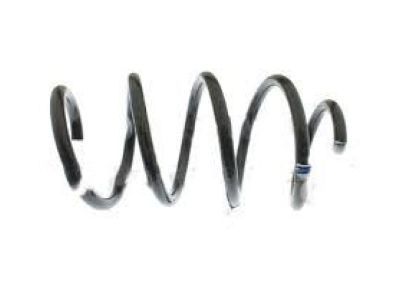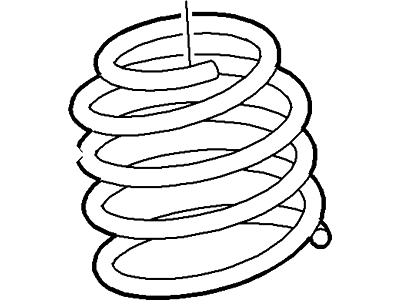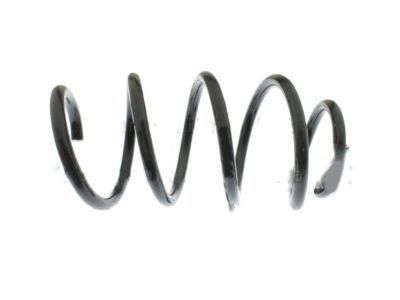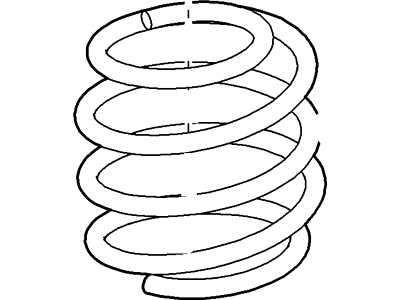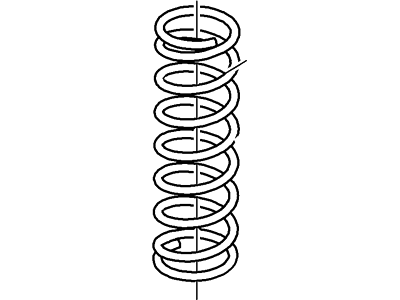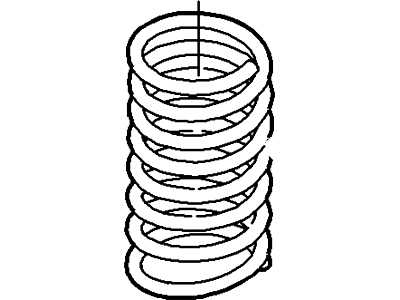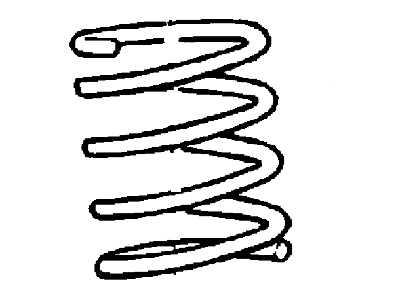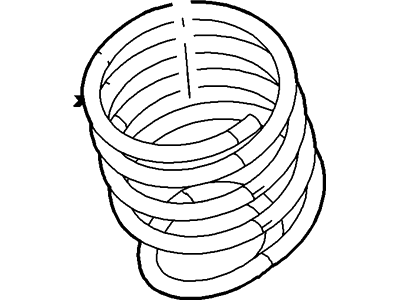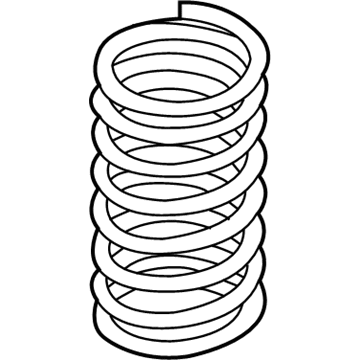

My Garage
My Account
Cart
Genuine Ford Focus Coil Springs
Strut Spring- Select Vehicle by Model
- Select Vehicle by VIN
Select Vehicle by Model
orMake
Model
Year
Select Vehicle by VIN
For the most accurate results, select vehicle by your VIN (Vehicle Identification Number).
70 Coil Springs found
Ford Focus Spring - Front
Part Number: CV6Z-5310-C$56.31 MSRP: $86.90You Save: $30.59 (36%)Ships in 1-2 Business DaysFord Focus Spring - Front
Part Number: BV6Z-5310-E$55.18 MSRP: $80.67You Save: $25.49 (32%)Ships in 1-2 Business DaysFord Focus Spring - Front
Part Number: BV6Z-5310-B$56.31 MSRP: $86.90You Save: $30.59 (36%)Ships in 1-2 Business DaysFord Focus Spring - Front
Part Number: BV6Z-5310-A$56.19 MSRP: $86.72You Save: $30.53 (36%)Ships in 1-2 Business DaysFord Focus Spring - Rear
Part Number: 3S4Z-5560-GA$34.66 MSRP: $47.36You Save: $12.70 (27%)Ships in 1-2 Business DaysFord Focus Spring - Rear
Part Number: CV6Z-5560-D$70.22 MSRP: $102.67You Save: $32.45 (32%)Ships in 1-3 Business DaysFord Focus Spring Assembly - Front
Part Number: 3S4Z-5W310-CA$6.89 MSRP: $9.57You Save: $2.68 (28%)Ships in 1-2 Business DaysFord Focus Spring - Front
Part Number: 8S4Z-5310-E$115.35 MSRP: $178.33You Save: $62.98 (36%)Ships in 1-2 Business DaysFord Focus Spring - Front
Part Number: CV6Z-5310-B$56.19 MSRP: $86.72You Save: $30.53 (36%)Ships in 1-2 Business DaysFord Focus Spring - Front
Part Number: CV6Z-5310-P$55.38 MSRP: $79.57You Save: $24.19 (31%)Ships in 1-3 Business DaysFord Focus Spring - Rear
Part Number: BV6Z-5560-D$42.72 MSRP: $59.35You Save: $16.63 (29%)Ships in 1-2 Business DaysFord Focus Spring - Rear
Part Number: G1FZ-5560-A$53.85 MSRP: $77.37You Save: $23.52 (31%)Ships in 1-3 Business DaysFord Focus Spring - Rear
Part Number: 5S4Z-5B669-FA$49.99 MSRP: $69.45You Save: $19.46 (29%)Ships in 1-2 Business Days
| Page 1 of 4 |Next >
1-20 of 70 Results
Ford Focus Coil Springs
Coil springs are other important parts of Focus vehicles suspension system that have the responsibility of holding up the weight of the vehicles and minimize shock forces experienced from irregularities on the road. They assist in keeping proper ride height and alignment of wheels so as not to develop or exhibit signs such as sags or abnormal wearing of tires. Linear rate, progressive, and dual rate springs have been used in Ford Focus models to provide the company's customers with stiff and performing coils. What's more, linear rate springs offer sellers a constant and stable rate, while progressive springs offer a smoother ride, though stiffer at higher load. Dual Rate springs provide two different rates as a means of performance. Also, there are Ford Focus owners can add an adjustable coil springs to the rear which permits the vehicle height to be precisely set.
We provide a wide range of Ford Focus Coil Springs at the best prices possible. If you need Ford Focus Coil Springs, you can shop with confidence on our website. All our OEM parts come with a manufacturer's warranty and are delivered to your door step with a fast delivery service.
Ford Focus Coil Springs Parts Questions & Experts Answers
- Q: How do you remove and install a coil spring on Ford Focus?A:Chock the front wheels and jack up the rear of the vehicle so the wheels are off the ground, then support the vehicle on axle stands and remove the wheels as needed. Fit the coil spring compressor tool, ensuring it is fully engaged, and compress the coil spring until all tension is relieved from the mount; the typical aftermarket internal-type coil spring compressor has hooked arms that grip the upper coils while a plate is inserted between the lower coils, and turning the nut on the threaded rod compresses the spring. Withdraw the coil spring from under the vehicle, keeping the compressor tool fully engaged. If a new coil spring is to be installed, release the original coil spring from the compressor; if it is to be reused, it can remain in compression. For installation, reverse the removal procedure, ensuring the coil spring is correctly located in the upper and lower seats, with the paint mark positioned at the bottom. If there is a rattle from the rear springs, check that a sleeve is installed at the top end of the coil spring, which can be purchased from a dealer.
Related Ford Focus Parts
Browse by Year
2018 Coil Springs 2017 Coil Springs 2016 Coil Springs 2015 Coil Springs 2014 Coil Springs 2013 Coil Springs 2012 Coil Springs 2011 Coil Springs 2010 Coil Springs 2009 Coil Springs 2008 Coil Springs 2007 Coil Springs 2006 Coil Springs 2005 Coil Springs 2004 Coil Springs 2003 Coil Springs 2002 Coil Springs 2001 Coil Springs 2000 Coil Springs
